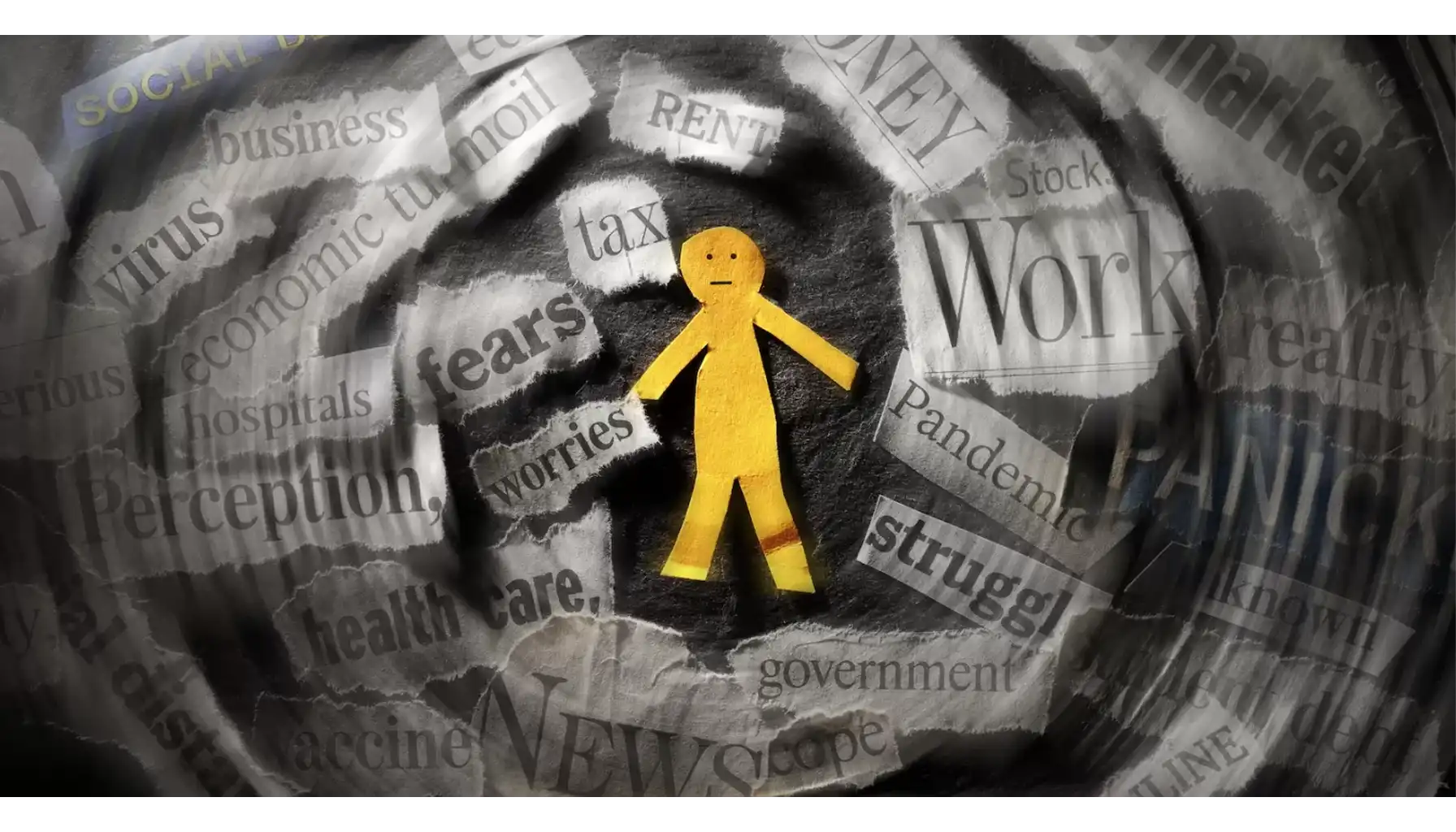Overcoming Algophobia: A Guide to the Fear of Pain

Contents:
The idea of never experiencing pain might sound comforting, even perfect. But this cannot become a reality, for a human, no matter how decent and kind one may be, can suffer at times. Physical pain is usually an indicator of a natural response, signaling that something is wrong and the body needs rest, healing, or medical attention.
Indeed, pain is an essential part of the body’s warning system, yet many people still suffer from anticipating it, which is more than just an actual physical sensation itself. This intense, almost exhausting fear, triggered by an expectation of a painful experience, is usually called “algophobia”. But what does it really mean? Which symptoms to know, and what kind of treatment and cognitive training to opt for? Let us see.

What Is Algophobia?
The algophobia definition is rather sophisticated: as such, it reveals that algophobia is generally considered an intense fear of experiencing physical discomfort, sometimes without rational explanations and foundations to appeal to. This specific phobia always affects daily life, making even routine activities feel more threatening and even fatal, for the focus (=obsession) of those who suffer from this condition is usually set on the potential rather than the real risks and predictions.
Nevertheless, algophobia is not limited to the fear of immediate pain. Instead, it often correlates with other related fears, e.g., kinesiophobia (fear of physical activity) or anxiety about potential medical procedures. The true challenge lies in cognitive distortion: the mind exaggerates possible dangers, clouds judgment, and fuels avoidance after all. Over time, the cycle cannot be broken, and this is when social isolation comes into play. But what else should we know to define algophobia?
Causes and Risk Factors
Just like with other phobias, barely may science explain the development of such a response. The fear of pain cannot appear on its own nor be composed of a single cause. This, in turn, stems from a combination of experiences, personality traits, and environmental influences, which altogether define the intensity and overall severity of this dysfunction to emerge.

Traumatic Experiences: It is probably the most obvious reason why some may be afraid of pain in general. This usually comes down to severe injuries, past surgeries, prolonged illness, or even aggressive medical treatments. As a result, a human may associate pain with danger, manifesting it through bodily responses, while still retaining enough clarity of mind to recognize the absurdity of the state.
Medical and Social Influences: Do you remember the time when everyone was forced to get vaccinated because of the COVID-19 pandemic? Many resisted the initiative, sometimes not because of the vaccine itself, but because of fear-fueled, misleading, or exaggerated narratives of its potential consequences. This, on its part, acted as a trauma-promoting trigger, which made the associations of pain with danger clear and accessible.
Psychological Predispositions: Sometimes, the main constituent of the fear lies deep in the personal characteristics, e.g., high anxiety sensitivity, perfectionism, or a tendency to catastrophize everything. As a result, people may misinterpret normal physical sensations and see them as signs of something serious, with underlying severe pain and suffering.
Biopsychosocial Factors: Finally, one should not neglect biopsychosocial factors, i.e., changes in the nervous system, along with negative thought patterns and reduced social support. These combinations are overly individual and may be uncovered by professionals after thoughtful examinations of symptoms and other elements to consider.

Related article: Achluophobia: How to Cope with the Fear of the Dark
The Fear-Avoidance Model Explained
The algophobia meaning is simple: it is the fear of pain. Nonetheless, behind the term lies a more sophisticated system that might explain the mechanism of the phobia in action. According to the model proposed by Vlaeyen and Linton (2000), people respond to pain in two ways, i.e., via confrontation or avoidance.
As such, confrontation means acknowledging pain and continuing activity, which usually supports recovery. Avoidance, in turn, fortifies fear, which inevitably leads to reduced activity, physical decline, and even heightened pain perception. Breaking this cycle means effective treatment, but it is a long path to self-acceptance anyway.
Algophobia Symptoms and Signs to Be Aware Of
Algophobia, just like any other mental condition, cannot be manifested in a single, uniform way. Its symptoms are varied and may affect the mind, body, and behavior, as well as social interactions and relationships in general. The first step toward recovery is recognizing the main signs of your deviated state. So, what to look for?
Category | Symptoms |
Emotional |
|
Cognitive |
|
Behavioral |
|
Physical |
|
See also: Behind the SAD: Social Phobias and Their Types Revealed
Algophobia Treatment and Management
Although we highly recommend that anyone should consult a healthcare specialist first, it might be reasonable to get acquainted with primary solutions so as to rest assured: treatment is not as scary as it seems to be.
Cognitive-Behavioral Therapy (CBT)
Cognitive Behavioral Therapy is one of the most common solutions provided by healthcare professionals ONLY that helps patients recognize distorted beliefs about pain and replace them with healthier coping strategies. This usually involves mild exposure techniques to defeat pain-related fears in a safer, more structured environment.
PROS Evidence-based, effective in changing thought patterns and avoidance behaviors. | CONS Requires time, effort, and commitment; progress may be gradual. |
Cognitive Training
Cognitive training, on its part, is an effective and equally captivating way to boost the opportunities of your brain to fight for a safer living. Today, the market dazzles with numerous digital opportunities, e.g., the Mind Elevate app, all of which offer brief yet comprehensive challenges across categories like memory, attention, logic, math, and music, all of which support phobia treatment, promote emotional sobriety, and strengthen cognitive control.
PROS Improves cognitive skills, i.e, focus and mental flexibility in particular; always accessible through the phone. | CONS Works best as a complement to therapy, not a standalone cure. |
Physical Therapy and Movement Rehabilitation
Gentle physical exercises, stretching, and body-awareness techniques – there are literally dozens of appropriate ways to be introduced to physical therapy without pain at all! Instead, these will help one better understand their bodies and reconnect with real sensations instead of imagined threats. No one should fall into the trap of their fears – physical activity is vital!
PROS Builds trust in your body, encourages gradual activity, improves physical health. | CONS May feel somewhat intimidating for patients who strongly avoid movement at first |
Mindfulness and Relaxation Techniques
Apart from the body, your mind also needs some rest (and healing, not to mention). Since it is important to combine physical and mental rehabilitation, we recommend starting with breathing exercises, mindfulness meditations, or progressive muscle relaxation to calm the nervous system and let it cope with the fear with dignity and grace.
PROS Reduce physiological symptoms of anxiety; easy to integrate into daily life. | CONS Require consistency and practice for lasting results. |
Pain is part of being human, but fear does not have to be. Take control over your life, and never let phobias hold you captive any longer.





